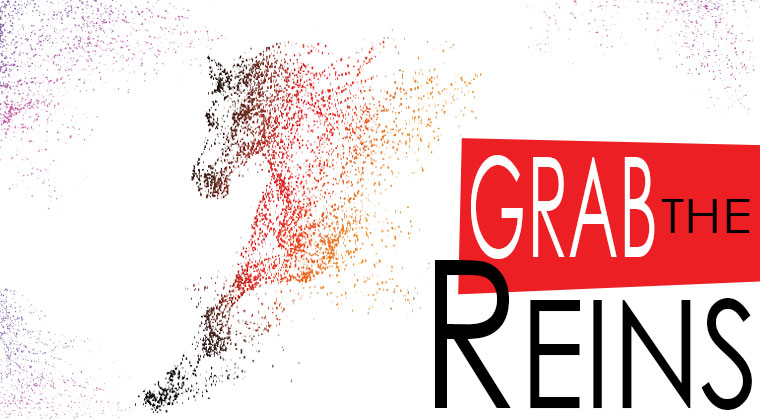Grab the Reins: Chapter 1


Much of my life is spent in adolescentville. In addition to living with my own teens preteens and postteens I have one foot wedged in the thick of adolescence in Retorno.
Adolescence is no picnic. Teens muddle through these turbulent years with a motley collection of coping mechanisms. Those who discover alternate (and in their minds quicker easier) methods — alcohol marijuana and Internet to name a few — have essentially found a solution for anything from angst to zits. They don’t all get hooked mind you; some do some don’t (ah if only there was an indicator of which souls will downslide from use to abuse).
I used to think that kids who use drugs are seeking a high or a thrill and that if you aren’t fussy about things like school and responsibilities and values life can be just one big party. But the folks I’ve met in Retorno have made me realize that it’s not about feeling high it’s about not feeling. In other words they’re not running toward something they’re running away from something. And even if the high feels good it’s short-lived and the remaining hours of the day when you’re forced to live life and be present can be exceedingly difficult.
Rehab is where people uncover and deal with whatever they’ve been running from. Recovery can’t be scheduled into neat time slots; every minute is part of the treatment plan. That’s what brought me to Retorno: On their basketball court I was there to add a new dimension to the girls’ and women’s recovery programs; and in the surrounding countryside atop a horse I was adding new dimensions to my own life.
The women’s group always came meandering down to the court with a look of do we really have to do this? Actually no they didn’t have to participate they just needed to show up. I divided my time between teaching basketball and convincing the couch potatoes that it would release tension and give them more energy. I ran drills disguised as games. Progress was painfully slow.
A few weeks into my coaching career Faygie joined the group. She didn’t introduce herself just stared at the ball and said “Can I try?”
“Sure.” I tossed her the ball.
She bounced it a few times. “Can I shoot?”
“Of course.”
She threw the ball toward the basket. It fell short but I could see she’d done this before.
She shot again. She missed but not by much. A few more tries and Faygie started to sink some baskets.
“You have good aim ” I said. “Can I show you a way to make the ball go higher?”
“I guess.”
I showed Faygie how to use the power of her legs to boost the ball higher and suddenly the ball was finding its way into the basket.
The women on the sidelines began to drift toward us.
“Let’s play a quick game ” I suggested and divided them into teams with the merest brush over the rules. Here was my chance to get them physically active prove that a little investment could yield great results and encourage teamwork. (Excerpted from Family First Issue 537)
Oops! We could not locate your form.


